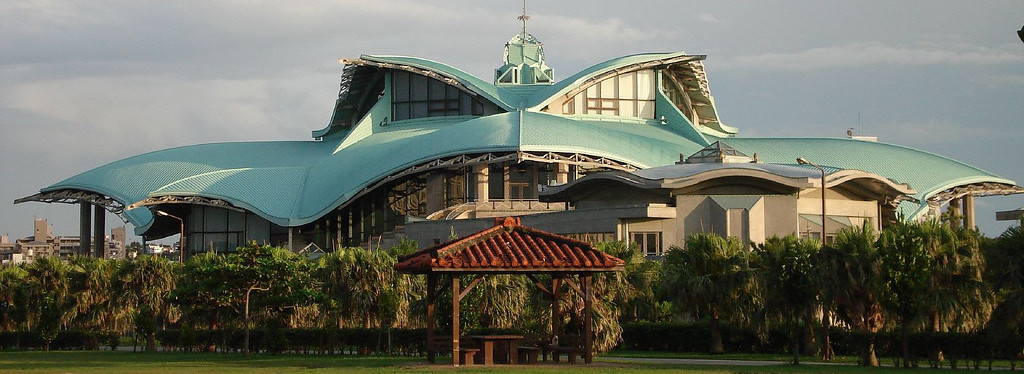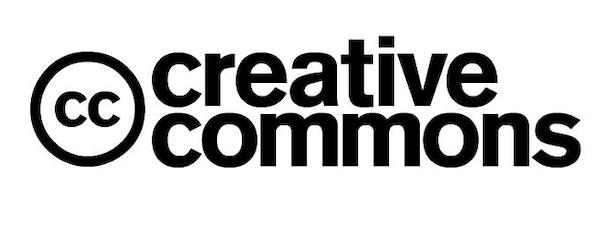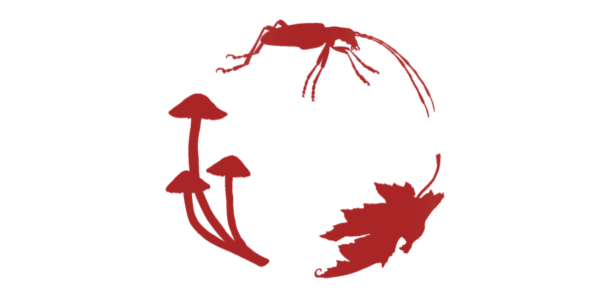The Society for the Preservation of Natural History Collections (SPNHC) & Biodiversity Information Standards (TDWG) joint conference in 2024 will…
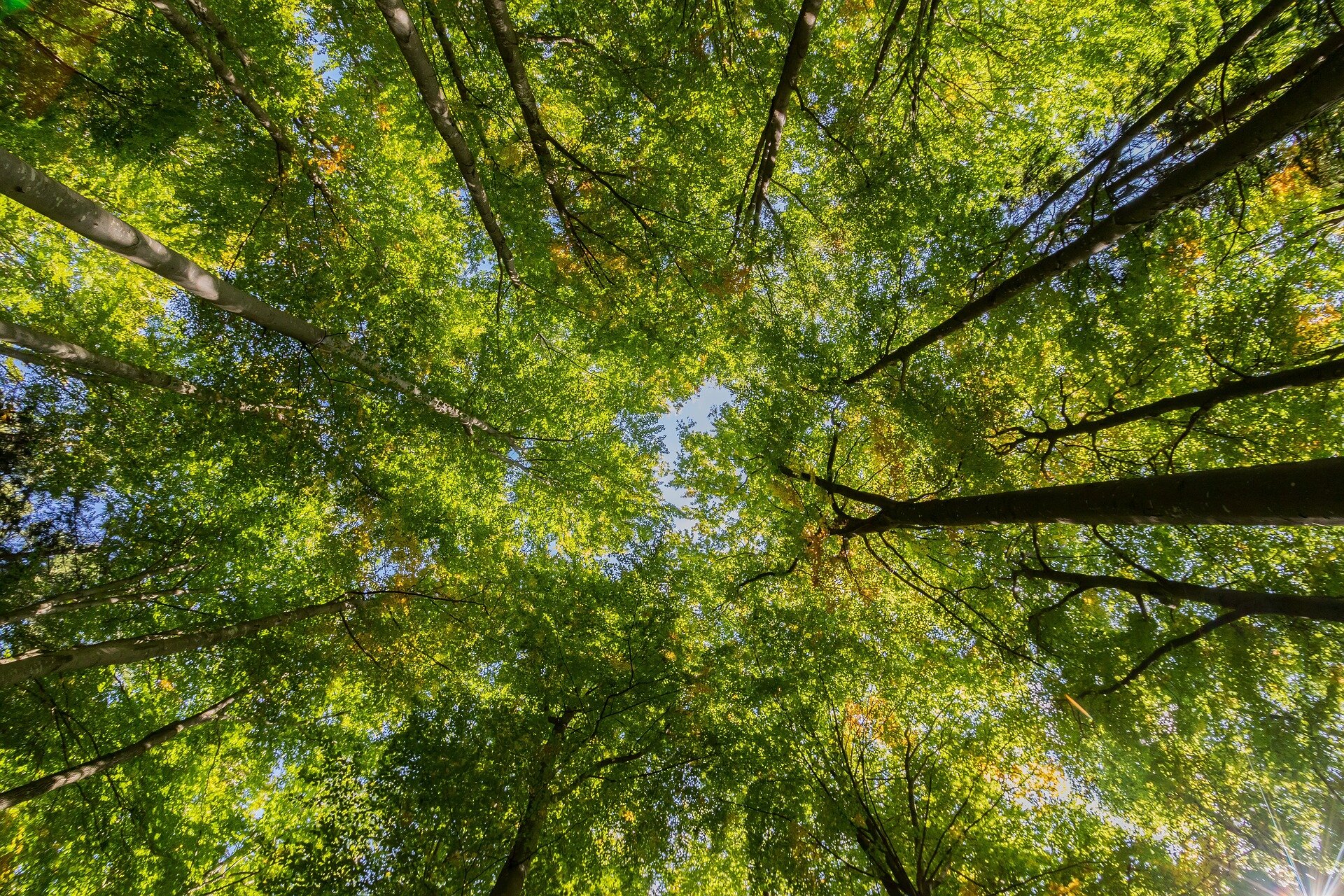
A Network of Data Publishers
Canadensys makes biodiversity information freely and openly available to everyone. We are a network of researchers, collectors, curators, information technologists, students, and educators that shares data on the occurrence and identity of plant, animal, fungi, and other species in Canada.
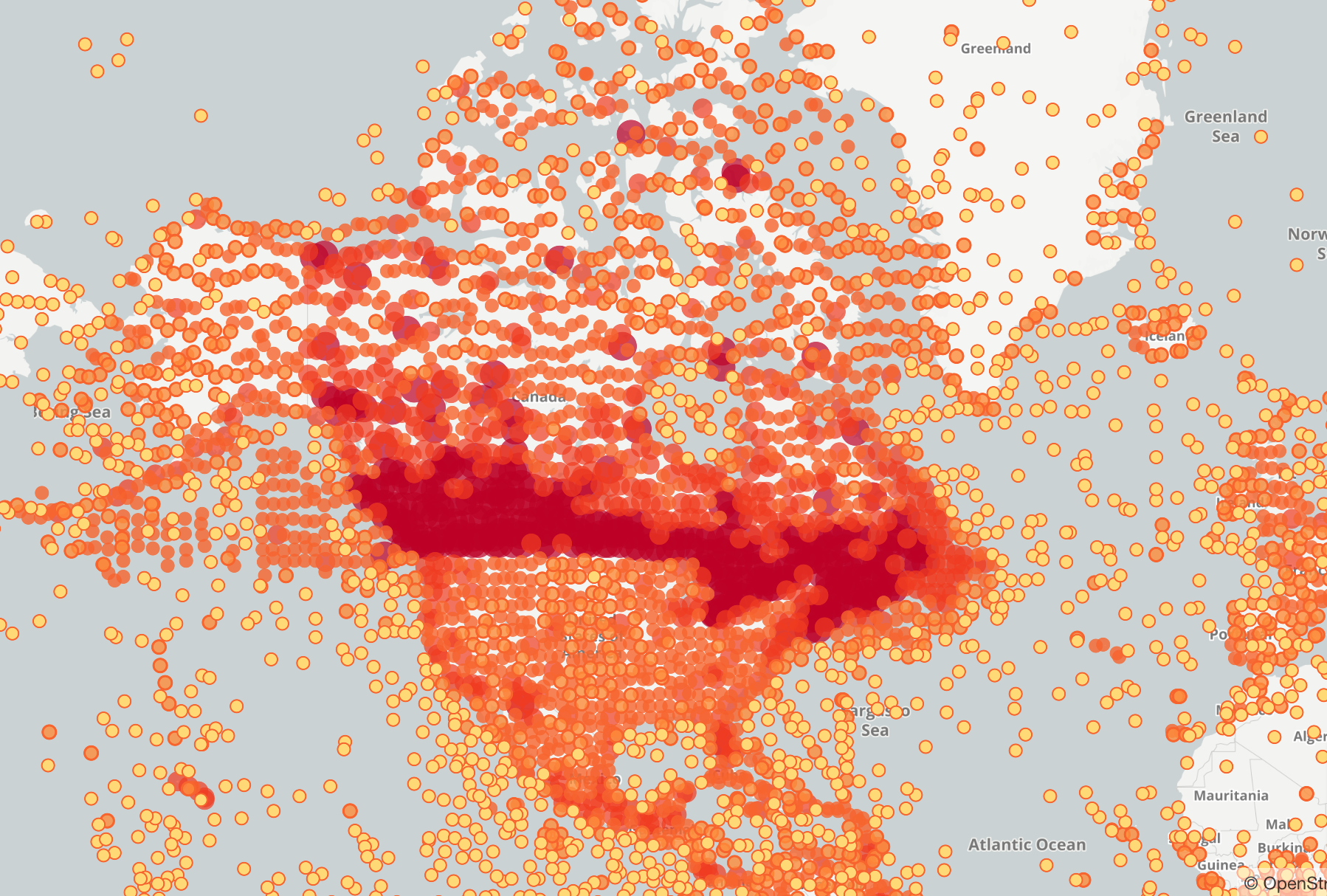
Data Explorer
Access, browse, visualize and filter biodiversity data from Canadian publishers

Cardinalis cardinalis (Linnaeus, 1758) observed in Canada by jnaffy via iNaturalist
Other resources
Explore our documentation, discover tools and training materials
By data we mean specimen, observation or checklist datasets published as Darwin Core Archives and any derivates. To keep the…
Based on the GBIF Hosted Portal program, the launch of the new Canadensys portal is the start of a new…
